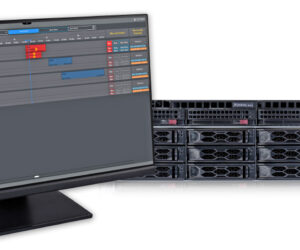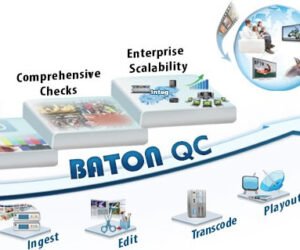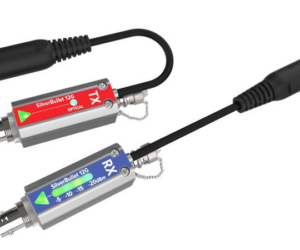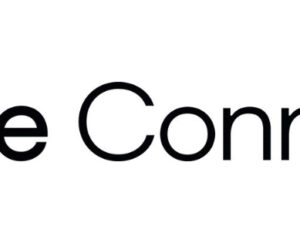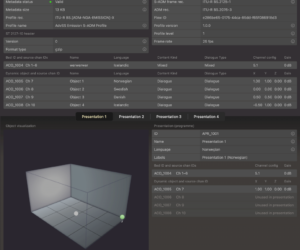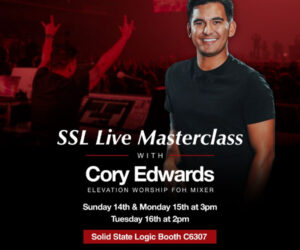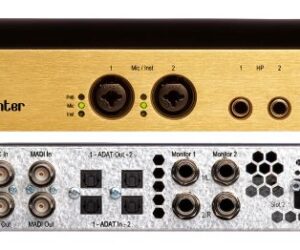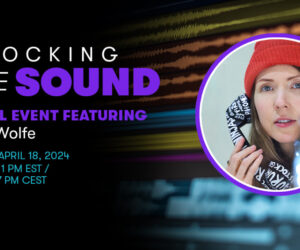It’s less and less common to see a real piano on stage these days. There are many advantages to using a keyboard or electronic “stage piano” in place of an acoustic one – sound quality, intonation, tuning stability, freedom from maintenance, and feedback immunity, to name a few.
Cosmetic concerns have routinely been addressed by placing the keyboard inside a gutted piano shell.
The missing link has always been that the stage piano makes no sound of its own, leaving the artist dependent on wedges or in-ear monitors (IEMs). It’s also lacking the sensations of the vibrations of the instrument itself under the player’s fingers, a subtle but important aspect of the “piano experience.” Sound designer Jessica Paz may have just changed all that.
The Public Theater recently staged a production of Twelfth Night at the open-air Delacorte Theater in New York City’s Central Park as part of the popular Shakespeare in the Park program. I originally contacted Paz, whose resume includes an impressive number of Broadway and Off-Broadway credits including an associate sound design role for Dear Evan Hansen, because I was curious about the specific sound design challenges posed by an outdoor, roofless production.
As we talked, however, she mentioned that she was doing “something pretty interesting with the piano.” I’ve often pondered the ways to make an electronic stage piano sound and feel more convincing, and apparently Paz has too. “We cut a few other things,” she told me, “and we had some money left over, so I said, ‘Let’s do something about this piano.'”
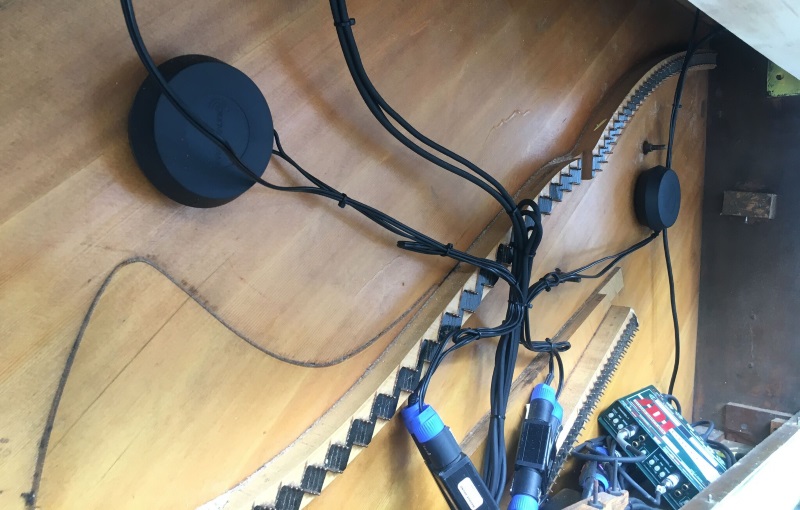
She attached Dayton Audio sound exciter transducers to the soundboard inside the acoustic piano shell, and drove the connected power amplifiers with the keyboard’s output signal. When the keyboard is played, the soundboard itself resonates and becomes the source of the piano sound, just as it would in an acoustic piano. (The transducers are like loudspeaker drivers minus the diaphragm, imparting the vibrations directly to the surface to which they are attached. The concept is similar to that of bass shakers and “ButtKickers,” only with an extended, full-range frequency response.)
According to Paz, the result was even better than she expected: “I was worried about the high frequencies, because that’s the natural thing to be worried about, but I ended up actually having to EQ them back a bit.”
To me, the brilliance of this solution is that the instrument physically vibrates and radiates sound just as a real acoustic piano would. Given the elegance, it’s not hard to see this becoming the “go-to” trick for stage pianos in the future.


